Things to do in January in Bhutan
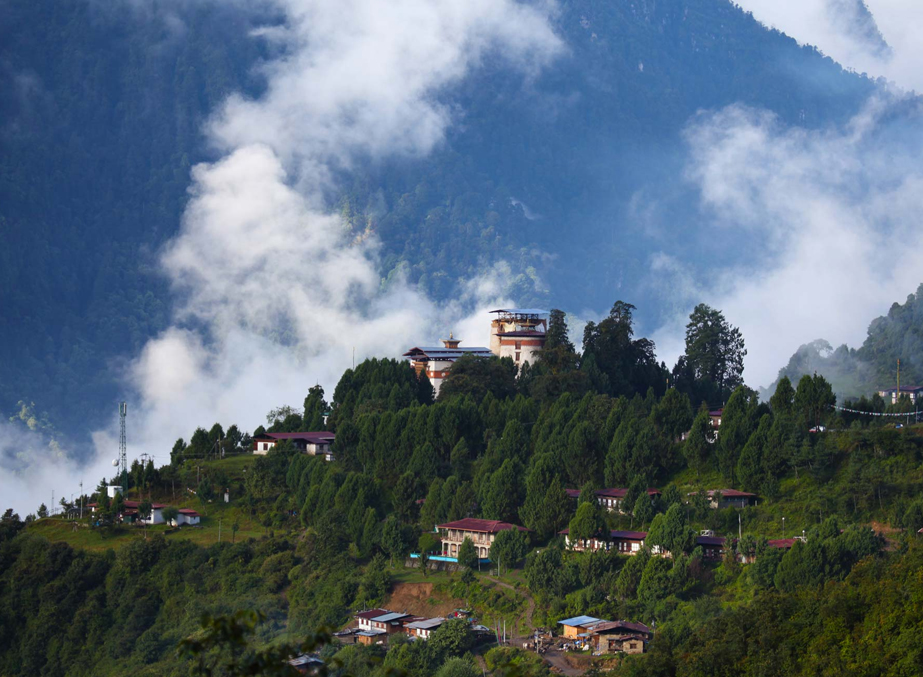
Visiting Bhutan in the winter months is certainly a smart thought, and there are a large group of reasons why. January in Bhutan is the best time to head out to the antiquated Himalayan kingdom for frigid scenes. While the south of the nation is encountering the mildest of winters, with warm temperatures, the northern zones are getting the snowfalls that are a typical sight in the Bhutanese Himalayas throughout the winter months. Clear skies are another valid justification for visiting in winter, as the perspectives on the high mountains, for example, Jomolhari and Jichu Drake, are exceptional. At that point you have the wealth of celebrations, the capacity to trek in the lower areas of the kingdom, and the astounding dark necked cranes, which travel to Bhutan from northern Tibet throughout the winter months, moving to their winter encouraging grounds.
Suggested Read: Things To Do in Bhutan , How To Reach Bhutan & Best Time To Visit Bhutan
Planning to visit Bhutan, here are the best Bhutan tour packages that can be customized according to your requirements.
Read on to know more about the top Things to Do in January in Bhutan
While this landlocked kingdom isn’t exceptionally huge, it has an abundance of things to see and do, from trekking around the lower regions of the Himalayas to winged creature viewing around the lakes and waterways and getting a charge out of the enjoyments of the numerous celebrations or taking a dunk in the underground aquifer, the options are many.
Head out to view the winter special Dark necked cranes
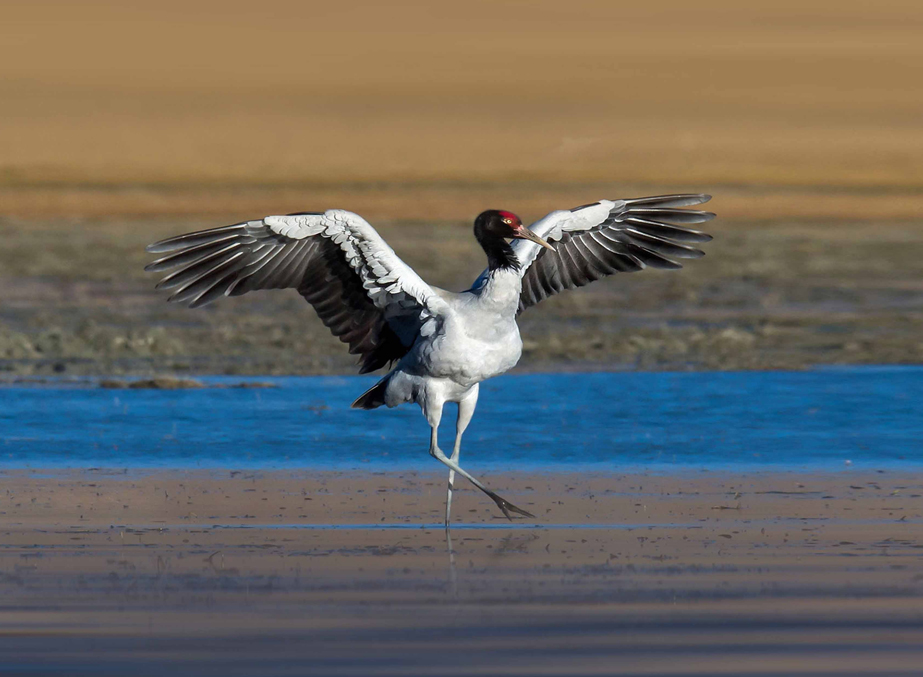
Dark necked cranes are a typical sight in Bhutan in January, and this is probably the best spot in Asia to get some great perspectives on these uncommon winged creatures in their common environments. These subtle winged animals travel south from northern Tibet and China’s Qinghai Province to the lower compasses of Tibet and Bhutan for the winter months, when northern Tibet gets freezing. The cranes as a rule touch base amidst November, and remain in Bhutan for perching and winter rummaging until the end of February. The best places to spot them arein the Bomdeling Birds Sanctuary in Tashi Yangtse, at the Gangtey Monastery in the Phobjika Valley, and around the zone of Chummey in Bumthang.
Partake in the popular winter treks
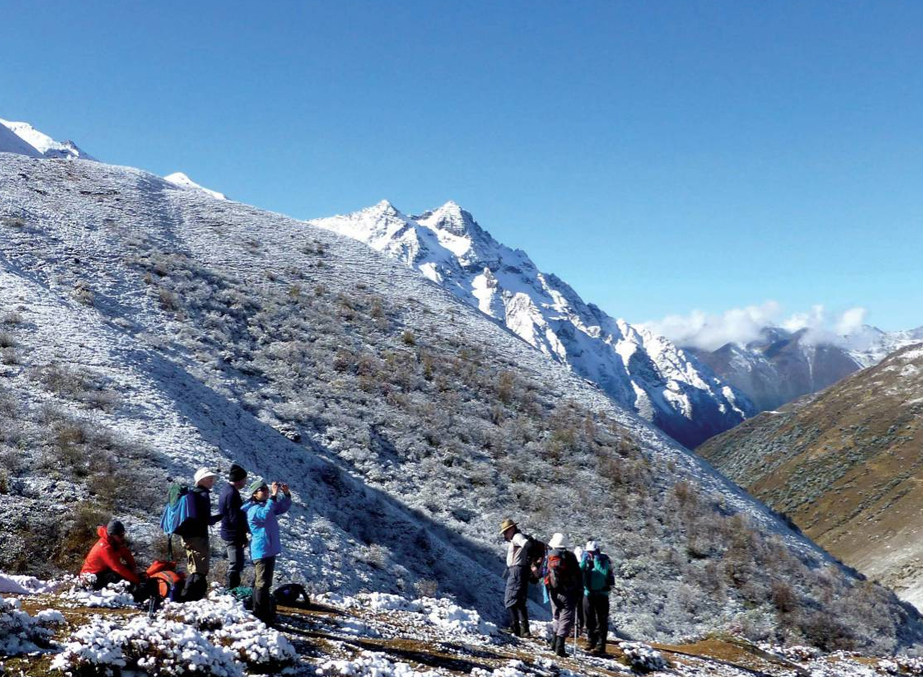
While you will most likely be unable to take on the significant high-height treks in the winter months, there are a few treks at lower elevations that you can partake in in January in Bhutan. One of the most prevalent choices for winter trekking in Bhutan is the Nabji Korphu Trek, in the Trongsa District. A generally low-height trek, at around 2,000 meters, there is additionally the opportunity to experience the neighborhood celebrations in the event that you land in January.
Enjoy the view of snow clad mountains of Bhutan from Dochula Pass
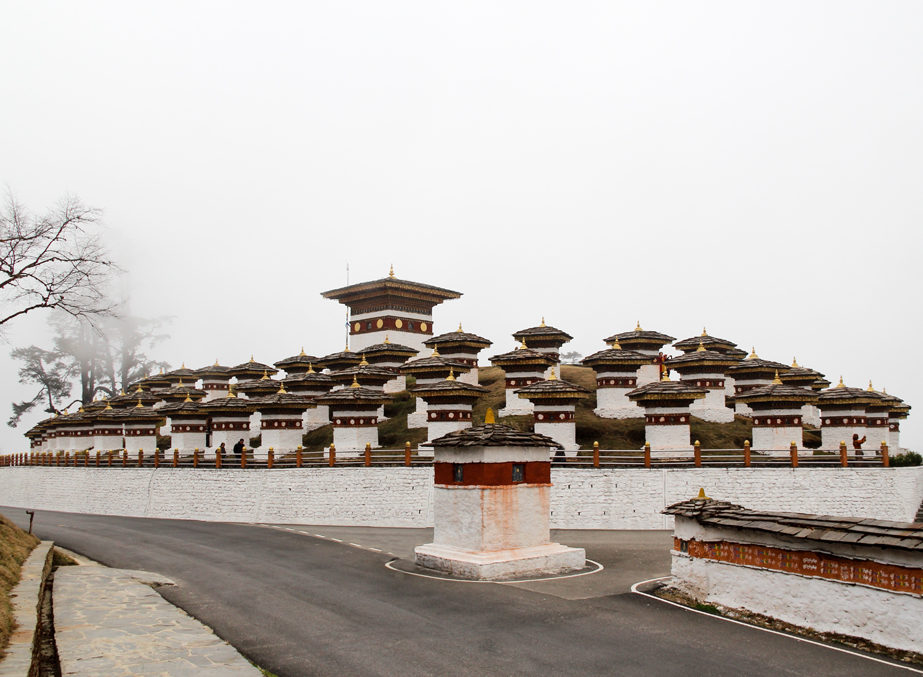
Lying out and about from the Bhutanese capital of Thimphu to Punakha, the Dochula Pass is a celebrated site for its perspectives as much with respect to the 108 commemoration chortens that were worked there by the ruler mother in memory of the fourth Druk Gyalpo (King of Bhutan), Jigme Singye Wangchuck. At a height of 3,100 meters (10,200 feet), the perspective on the forceful Himalayas toward the east is totally unobstructed, and the pass has the absolute best perspectives on the Himalayan vistas in Bhutan. A few of the mountains over 7,000 meters can be unmistakably observed from the pass, including Masanggang, Kangphugang, Jomolhari, Jejegangphugang, and Terigang.
Be part of the colourful festivals in January in Bhutan
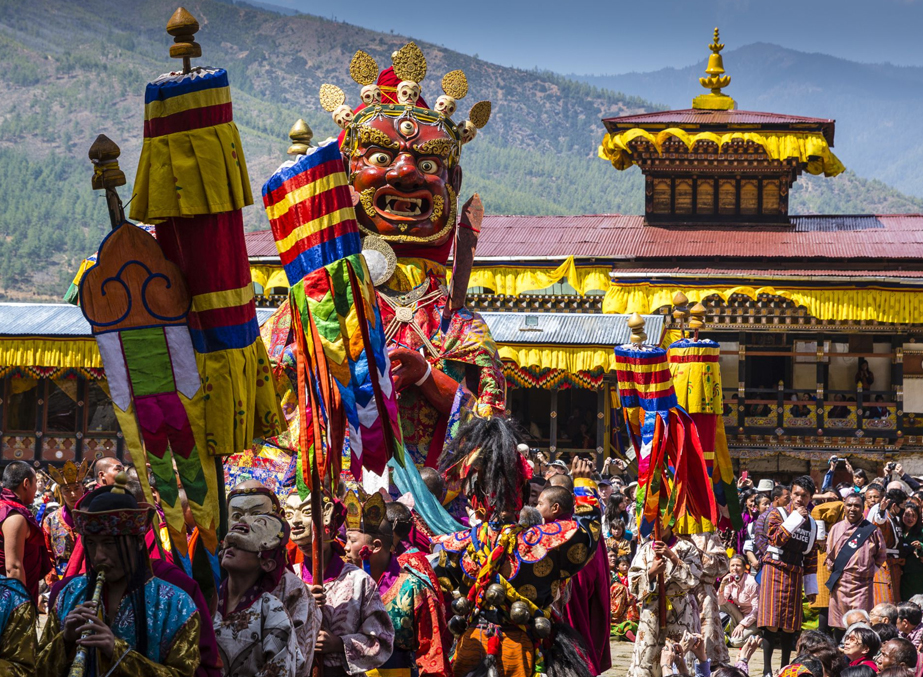
Bhutan, being a faithfully Buddhist nation, has countless celebrations consistently, and winter is no special case. There are a few celebrations in the winter months, and one of the most mainstream is the Dochula Tsechu (celebration), which happens every year. The celebration, which is held at the well known Dochula Pass, commends the triumph of the Bhutanese warriors over the Tibetan intruders. In eastern Bhutan, another extraordinary celebration to visit is the Trashigang Tsechu, which is held at the Trashigang Monastery, or the Mongar and Khaling Tsechus, and there are likewise a few littler celebrations in Bumthang throughout the winter months.
Experience Royal Paro in January in Bhutan
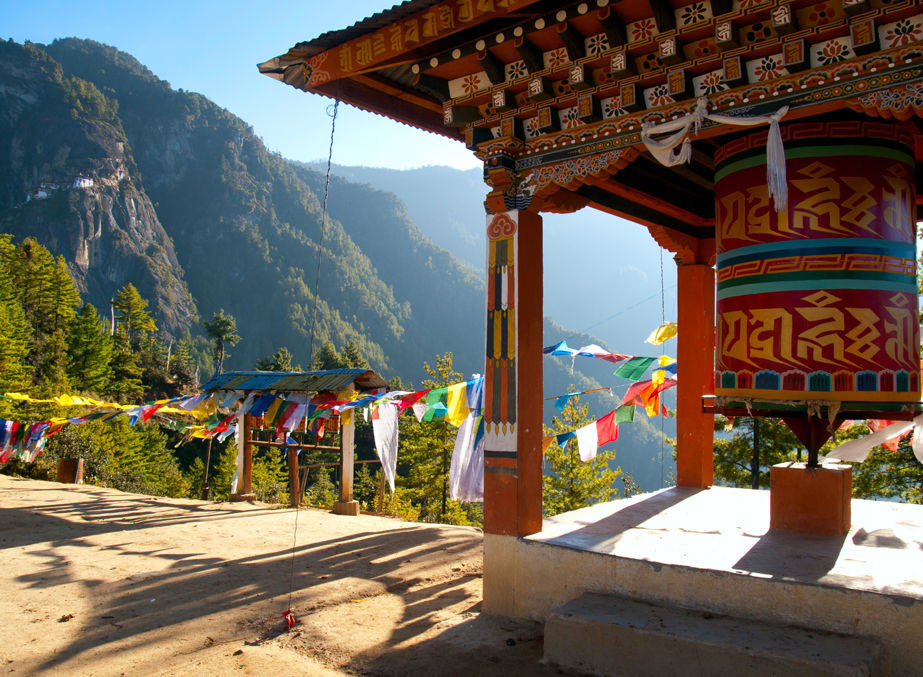
The weather in Paro in January is gentle in examination with the atmosphere at higher heights, and with winter temperatures once in a while getting underneath 5 degrees even during the evening, an excursion to Paro is a good thought in the winter. Paro is likewise one of the most prevalent goals for visitors to Bhutan, and the winter months implies less vacationers when you travel to the dazzling areas of the Taktsang Lhakhang or the Tiger’s Nest Monastery, Rinpung Dzong, the Chele La pass, the National Museum, or the Druk Choeding Temple.
The capital city of Bhutan in January
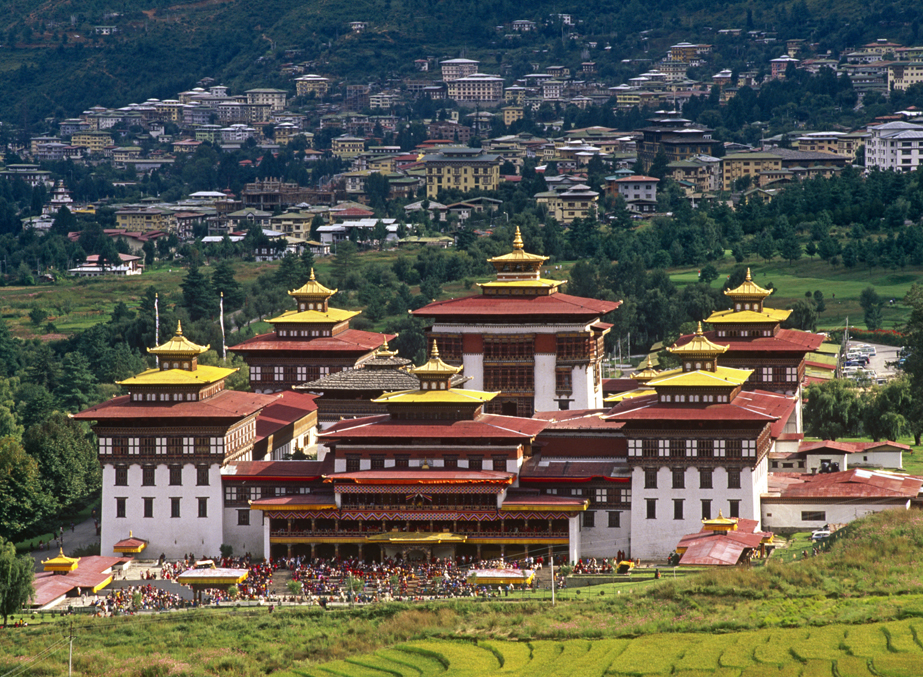
While there are low temperatures of around – 2 to – 4 degrees during the evening, the daytime temperatures can get as high as around 10-12 degrees, making it charming enough for activities here at Thimphu. Furthermore, the capital has probably the best vacation spot in Bhutan, including the the Changangkha edge top Buddhist Temple, Tashichho Dzong, the brilliant beat dedication chorten, and the astonishing National Library, with its gathering of the biggest holding of Buddhist writing on the planet.
Through the Royal Manas National Park
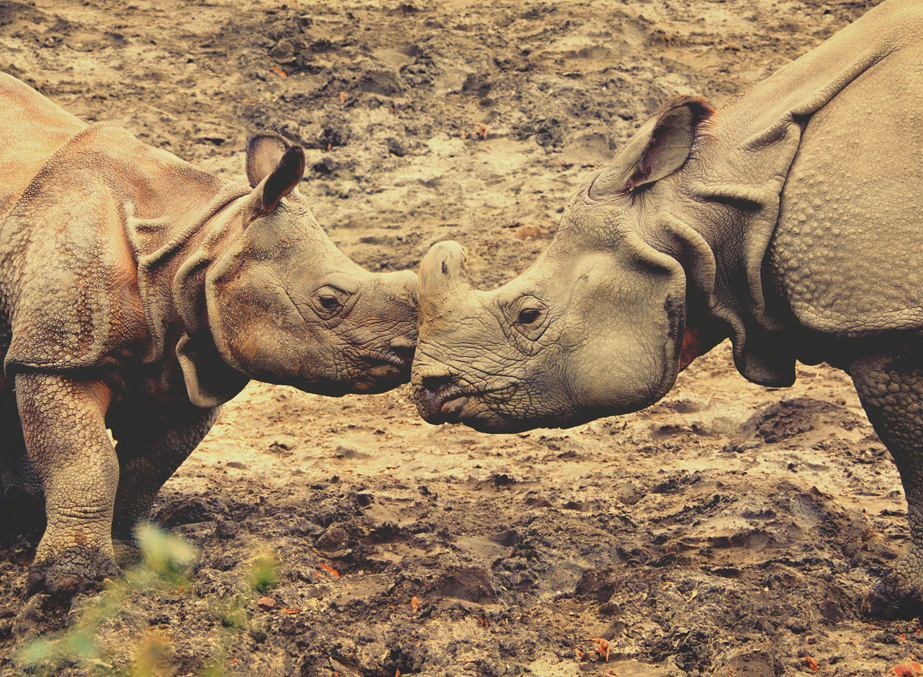
The crown gem of Bhutan, the Royal Manas National Park is the biggest case of the regular biological systems of Bhutan, and was as of late opened to people in general. The recreation center contains a huge number of types of uncommon creatures and plants, some of which are on the all inclusive jeopardized records. In that capacity, the recreation center has turned out to be one of the most differing ensured zones in the nation, and one of the most remarkable organic stops on the planet. Situated in focal Bhutan, the site extends right to the Indian outskirt, associating with the Indian Manas Tiger Reserve. Toward the north, it additionally outskirts with the Jigme Singye Wanchuck National Park.
Treat yourself with a comfortable dunk in Gasa natural aquifers

Known as a “tsachu” in Dzongkha, the Bhutanese national language, the underground aquifers at Gasa are the most visited natural aquifers in Bhutan. While it is a prevalent spot for visitors to visit, it is similarly as mainstream with local people, and individuals travel from all over Bhutan to visit the underground aquifers. The natural aquifer was visited by the Zhabdrung Ngawang Namgyel when he came to Bhutan in 1616, and he was so dazzled by its treatment of his joint torment and exhaustion that he favored the springs to remain until the end of time. The segregated area of the tsachu and its staggering perspectives on the regular Bhutanese scene have made it perhaps the best spot to visit in Bhutan for an unwinding and restorative dunk in its mineral-rich warm waters.
While numerous voyagers paying the costly expenses of making a trip to Bhutan like to remain in an budgeted hotel, January is really the best time for a Bhutan homestay trip, where you can remain with a nearby family for a couple of days and experience life as it is lived by the ordinary individuals of this strong Himalayan kingdom.
People also Read Bhutan
People also Read Sikkim

Subscribe to us
Subscribe to our newsletter and stay updated

Request a call back
Our experts would love to create a package just for you!
- About Bhutan
- Bhutan Travel by Road
- Bhutan Tour Packages
- Trekking in Bhutan
- Bhutan Tourism Destinations
- Bhutan Travel by Train
- Best Time to Visit Bhutan
- Honeymoon in Bhutan
- Bhutan Tourist Attractions
- Bhutan Travel by Air
- Visiting Bhutan in Summers
- Wildlife in Bhutan
- East Bhutan
- Do's and Dont's
- Visiting Bhutan in Spring
- Food in Bhutan
- West Bhutan
- Entry Formalities to Bhutan
- Visiting Bhutan in Autumn
- Shopping in Bhutan
- Central Bhutan
- Places to visit in Bhutan
- Visiting Bhutan in Winters
- Fairs and Festivals
- How to Reach Bhutan
- Climate of Bhutan
- Best Things to Do in Bhutan
- Monasteries in Bhutan
















